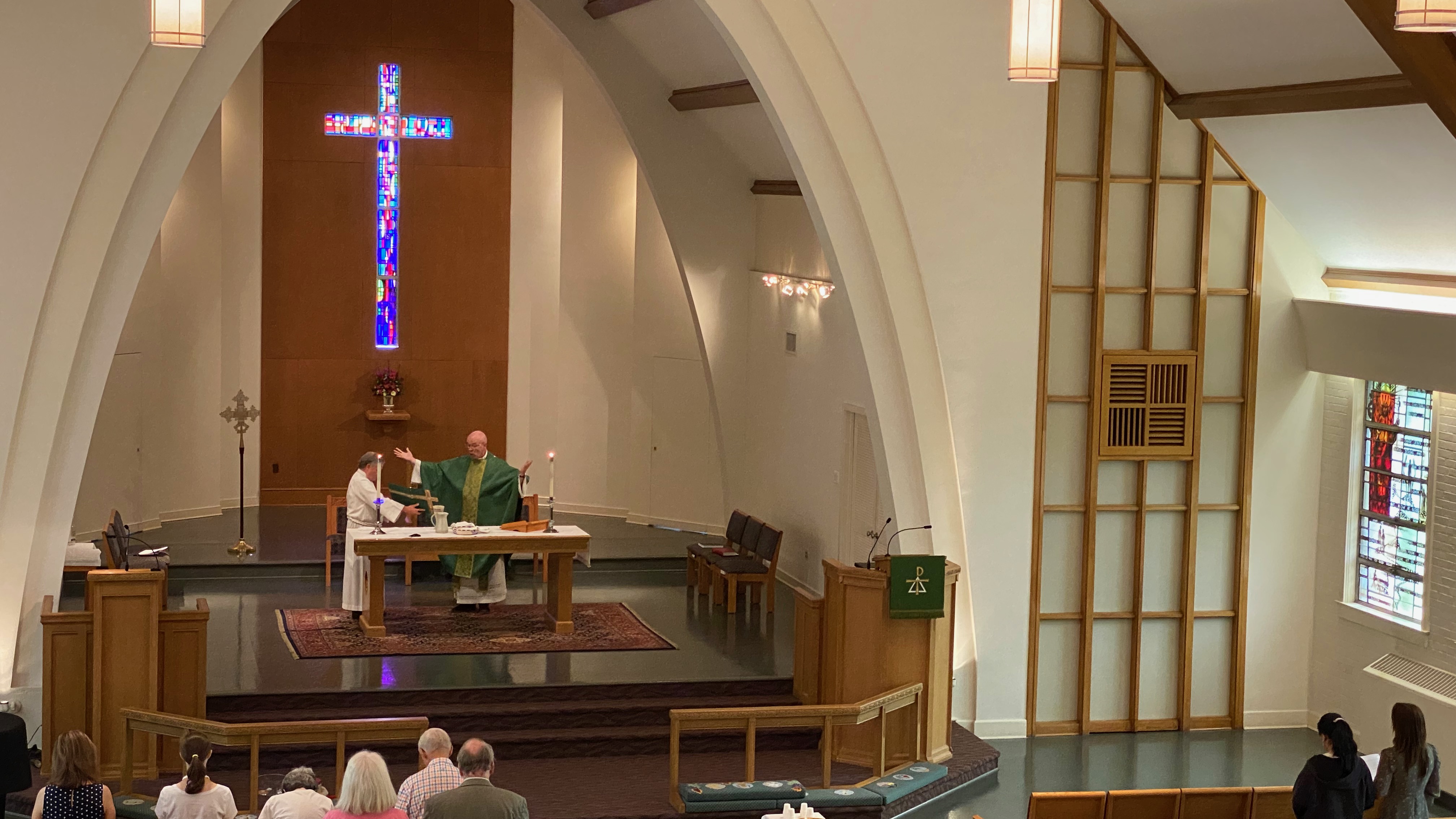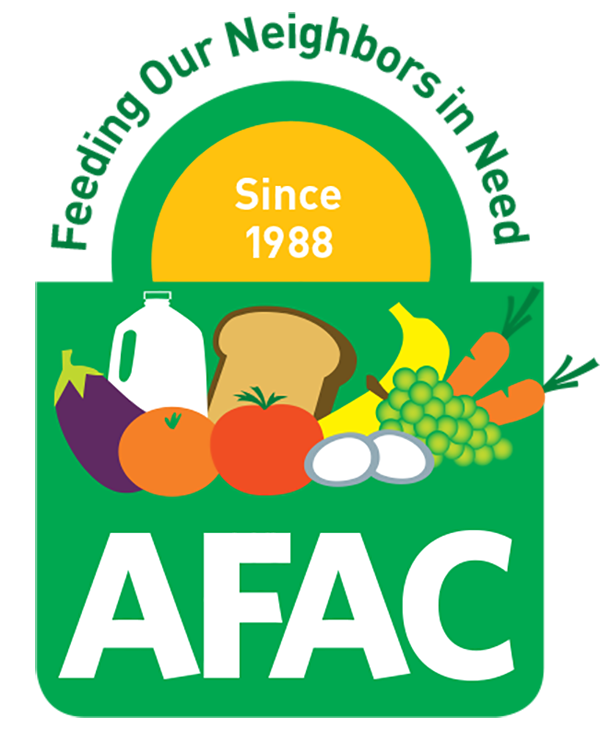On the Passion Narratives – from Mark and John
Holy Week 2021 features two Passion Narratives, one from Mark and the other from John. One for Sunday of the Passion. The other for Good Friday. Mark’s is comparatively brief. John’s offers many elaborations. In Mark, Jesus says very little. In John, Jesus’ voice is more prominent. Consider reading again each Passion Narrative side by side to reveal their similarities and differences. What pictures of Jesus emerge in your mind’s eye as you read Mark and then also John?
On Forgiveness
Lent began on Ash Wednesday with a more involved than usual confession of sin. This initiated a season of deepened reflection on our mortal, broken state, individually and communally. The Ash Wednesday liturgy did not include absolution, a statement of forgiveness. That gift will be given, communally and individually, at the beginning of the Maundy Thursday liturgy outdoors. There is also opportunity to read, hear, and share words of forgiveness at home. Consider seeking out loved ones this week – in person or virtually – for some Mutual Conversation and Consolation in the context of which you may seek and offer forgiveness and reconciliation.
Jesus Washes Feet, and We, Too
Also on Maundy Thursday, we will hear the story of Jesus washing the disciples’ feet in loving servanthood, embodying the new commandment – the mandate – to love one another. You may wish to enact a washing at home – feet, hands – with your loved ones. But there are many other ways to pursue the kind of servanthood that brings us to our knees for the sake of loving our neighbors. What are some of the ways in which you embody this kind of servanthood in your own life and routines?
The Last Supper
The narratives and traditions of Maundy Thursday also recall the institution of the Lord’s Supper at the Last Supper in the Upper Room. Not sharing in Holy Communion because of the pandemic is a spiritually painful omission in this year’s ritual enactments. But we can meditate on the scriptural word concerning Jesus’ command to “Do this for the remembrance of me.” Delve into the biblical stories for the day, the reading from Exodus which recalls the Passover, and the Psalm which calls us to “lift the cup of salvation,” and the passage from Paul’s first letter to the Corinthians which is the apostle’s institution narrative. You may also want to turn to other Gospel narratives which recount the Last Supper – Matthew 26:17-35; Mark 14:12-25; Luke 22:7-38. These narratives add depth of meaning to what would become the church’s celebration of the Eucharist. Dwell with these stories as we long to share again in Christ’s real presence at the table. Remember, Christ is present, too, in the scriptural word.
Prayer and Adoration at the Cross
Good Friday invites us into extended prayer with bids that beckon us to fill in the blanks with many contemporary, specific concerns – for the church and its leaders, for those preparing for baptism, for the Jewish people and persons of other faith traditions, for others not drawn to faith in God, for the creation, for civic leaders, for all who suffer amidst this pandemic, for all in any kind of need. Linger prayerfully with these bids, naming names, and recalling very specific contemporary circumstances.
Good Friday also turns our gaze to the cross of Christ. If you worship with us outdoors, the cross is wooden, rough-hewn, simple. At home, you may want to seek out the crosses in your house. Or perhaps you may be drawn to do a Google image search for the cross of Christ to see how the cross is variously portrayed in art. Meditate on these portrayals, but remember, too, that the cross was an ugly instrument of torture and execution – even as we adore the cross also as a thing of beauty because of what God accomplished on it, and in spite of it. In your visual meditations, repeat these words, repeatedly perhaps: “We adore you, O Christ, and we bless you. By your cross you have redeemed the world.”
Between Cross and Empty Tomb
The Vigil of Easter is a kind of liminal time, a thin space between the cross and the empty tomb. But the Vigil is not thin at all, but thick with meaning and full of narrative drama.
A New Fire, A Pillar of Light
Fire is elemental, powerful, dangerous, light-giving, life-giving – and more. Whether it is the new fire we will light outdoors at the Easter Vigil from which we will light the Paschal Candle as a pointing to “the light of Christ, rising in glory, [to] dispel the darkness of our hearts and minds,” or if it is a candle at home, meditate on themes of fire and light and warmth, ever recalling Christ as our resurrection light.
Easter Proclamation
Sung or said, outdoors at church or at home, the Easter Proclamation draws us to rejoicing as the liturgical fulcrum shifts from death to life. “This is the night” is the refrain that invites us to meditate on the holiness of all that is recalled at the Vigil – the true lamb, God’s children led through the sea to freedom, renewal for us all in grace, centering on Christ, our Morning Star, who makes it all possible. Return to the words of the Easter Proclamation to dwell meditatively and prayerfully with its rich themes.
Narratives of Salvation
The Vigil of Easter features multiple readings which summarize salient features of God’s creating, re-creating, and saving interventions in the world and for humanity over the millennia – at Creation, during the Exodus of God’s people from slavery to freedom through a parted sea, amidst the prophetic vision of a valley of dry bones that were knit together for new life via God’s breath, in Jonah’s three day adventure in the belly of the fish, and while Shadrach, Meshach and Abednego survived the ordeal of the fiery furnace. Reading from the vantage point of the story of the Resurrection, we see in the classic stories from the Hebrew scriptures metaphors for Christ’s deliverance from the grip of death for our life. Devote a special amount of time to read and meditate on the varied readings for Easter Vigil.
Our New Life Through Water and Word in the Spirit
Alas, no one will be baptized at our Vigil of Easter this year. But we will all have occasion, in person and at home, to remember, give thanks for, and affirm our own baptisms. The Vigil began with fire. Now we turn our attention to water, another elemental reality of creation. Claim some time to meditate on the nature of water and its many uses, to cleanse, to quinch thirst, to recreate, and more. Join those reflections to thoughts of baptism, when new life springs forth for us via water, word, and Spirit, joining us to Christ in resurrected life.
Longing to Return to the Breaking the Bread
Once again, a major missing piece of our Holy Week observances is the celebration of Holy Communion – which in normal circumstances we would have celebrated on Passion Sunday, Maundy Thursday, at the Easter Vigil, and certainly also on Easter Sunday. In relationships of love, they say that “absence makes the heart grow fonder.” We, too, can make the most of our Eucharistic fasting by attending meditatively to our longing for Eucharistic feasting. One day, sooner rather than later we pray, Christ will draw us to the table again in person, in community, gathered to feast on bread and wine which by word and Spirit make Christ known to us. What do you most miss about Holy Communion? What aspects of the holy supper stir your current longings? How can this hunger begin to be met through other means? Think on these things.
Concluding Prayerful Thought
You can see that there are many opportunities for worshipful devotion in this Holy Week, especially on The Three Days. Engage these suggested practices as you are drawn, in ways appropriate to your context and routines. Perhaps my suggestions will inspire other acts of devotion and worship for you at home. In any case, however you choose to observe them, may God in Christ bless you and these Holy Days in the power of the Spirit for your renewal in faith and for being strengthened for the work that God has entrusted to us, namely, our loving service with and for our neighbors in a world of hurt and need.
Prayerfully in Jesus’ name,
Pastor Jonathan Linman






